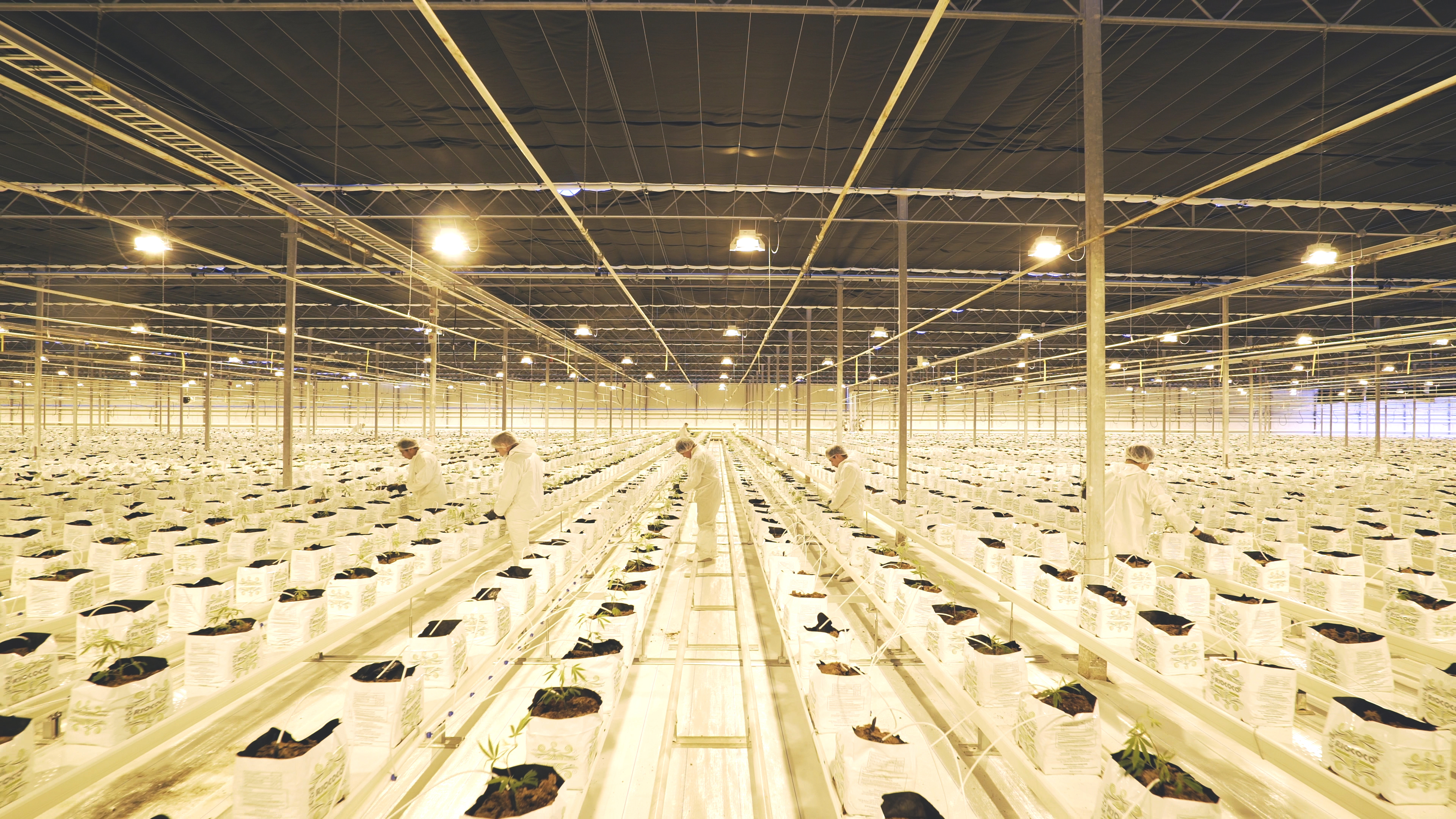Eric Gerbrandt, Pacific Berry Resource Centre, UFV
Improving plant genetic efficiency is one of the key human innovations used to increase crop yields
The mainstream media loves a provocative story. Why? Because fear-mongering, false controversy and sensationalist hype are effective sales strategies. As a reader, it can be difficult to differentiate the real issue from the ideological spin.
Controversial topics in the field of global agricultural production are a perennial staple of hype and sensationalism. Whether the supposed controversy is over local vs. imported produce, organic vs. conventional agriculture or genetic engineering vs. heirloom seeds, there is always a story to sell. But, as informed readers, how can we separate fact from fiction in regard to our current modes of production?
For example, a common media theme is the fear of global food shortages in the face of an increasing world population. The central concern of this complex issue is that the world’s population will increase too quickly for agricultural production to keep pace. In 2013, the United Nations released a new round of predictions in their report, World Population Prospects: the 2012 Revision, indicating that the world population will likely increase by another billion over the next twelve years, on track to reach 9.6 billion by 2050. Though increases are slowing overall, many take these predictions and claim that increases in agricultural production will not be able to compensate and mass starvation will prevail.
These are not new concerns. In fact, an early form of this ‘doom and gloom’ ideology has been around since the 18th century. In 1798, Thomas Robert Malthus published An Essay on the Principle of Population, asserting that an exponential increase in human population would result in the outstripping of global resources, resulting in starvation and disaster. Clearly, his predictions were disproven by the last couple hundred years of history. Yet, time and time again, various iterations of neo-Malthusian thought are trotted out by academics, politicians and popular media pundits. Despite repeatedly failed predictions of a massive die-off of the world’s population due to food shortages, many proponents cling to these fears rather than working toward viable solutions. To be clear, future global food supply is a truly immense challenge for humanity, but I would assert that history clearly tells us it is a challenge that we can indeed overcome.
Throughout the history of agriculture, humanity has repeatedly responded to demands for greater food production with technological and biological innovations. For example, from the 17th to the 19th century the British Agricultural Revolution provided humanity with the technology required to greatly increase food production during the Industrial Revolution. More recently, the dramatic increase in global population in the second half of the 20th century was met with the technical and genetic innovations of the Green Revolution.
In the latter example, increased use of agro-chemicals and improved production strategies created more efficient plant varieties. These genetic advances were the result of the long-term process of “plant breeding”, the field of applied science that aims at developing varieties with new and/or superior characteristics. In fact, it is this process of genetic improvement that has resulted in modern agriculture as we know it, separating the last several thousand years of human history from the preceding age of hunter-gatherers. Plant breeding in its current manifestation as a scientific profession is, more than ever, a keystone of modern agricultural improvement.
Throughout the history of agriculture, humanity has repeatedly responded to demands for greater food production with technological and biological innovations.
When we are told that genetically modified foods are “bad”, we need to stop and evaluate whether or not that statement makes sense. Does genetic modification mean the use of gene transfer technology to insert a gene from a jelly-fish into a plant? Or, does it mean the production of superior varieties by selecting the best offspring of a cross between two different varieties of the same plant? When these two meanings are confused, the facts can never be understood. Indeed, a corn variety with herbicide resistance genes transferred from another organism is called a genetically modified organism. But, from a technical standpoint, most of the plant and animal varieties upon which we depend for food have been genetically modified through human intervention. Thousands of years ago, this began through early agriculturalists choosing the best plants to grow the next year’s crops. More recently, most genetic improvements have been achieved through the traditional plant breeding method of combining the genes of two parent varieties by artificial cross-pollination to select a superior offspring. By whichever means it is produced, any type of plant (or animal) that has been selectively bred from its wild state has been genetically modified by humans.
Though there are few options for increasing the number of acres that can be brought into agricultural production, there is plenty of room for improvements in productivity on a per acre basis. Improving plant genetic efficiency, whether via traditional plant breeding or via gene transfer technology, is one of the key human innovations used to increase crop yields and meet the food demands of a growing population.
Locally, the BC berry breeding program provides an example of a modern agriculture industry working to meet the increasing demand for food by improving plant efficiency. Gene transfer technology is not one of the tools being used by this breeding program, but genetic improvement through selective breeding is receiving a boost from other tools provided by advanced laboratory techniques. Production of seedlings via embryo culture; use of genetic sequence information and markers to find disease resistance; and mass production of promising plant selections via tissue culture are just a few examples.
If history tells us anything, it is that humanity has the ingenuity to produce solutions to the challenges that it faces. Moreover, in meeting the need for higher yields and improved food security, a vital tool in our toolbox is breeding for improved plant efficiency and the development of varieties that are well-adapted to our local growing conditions.












